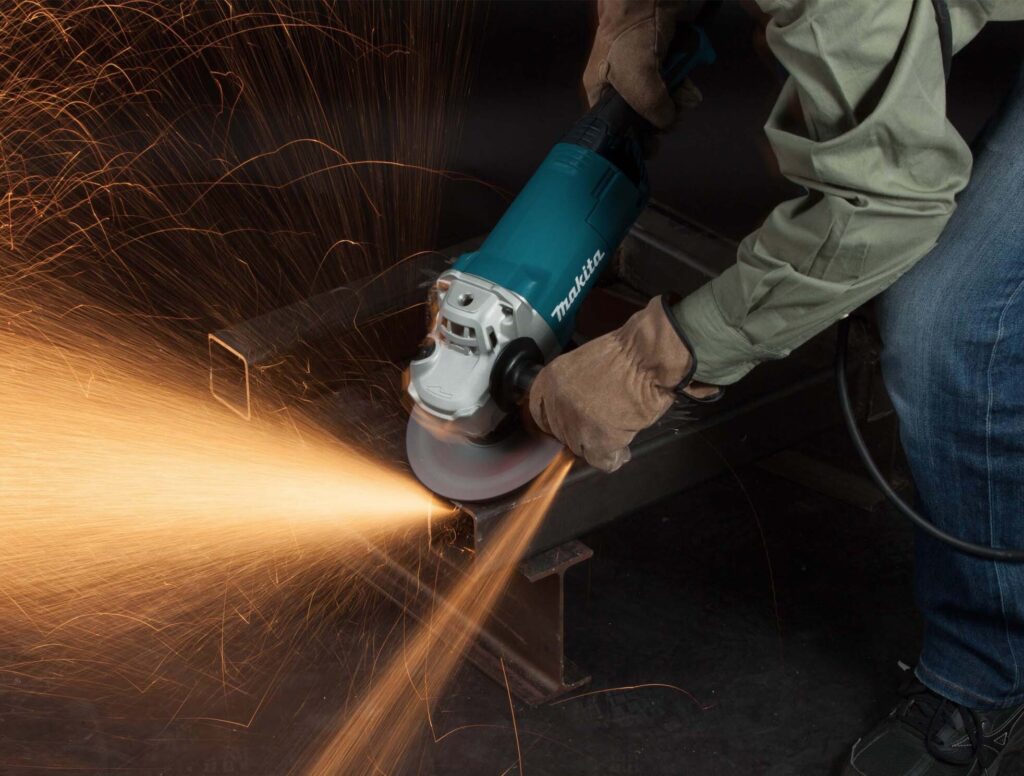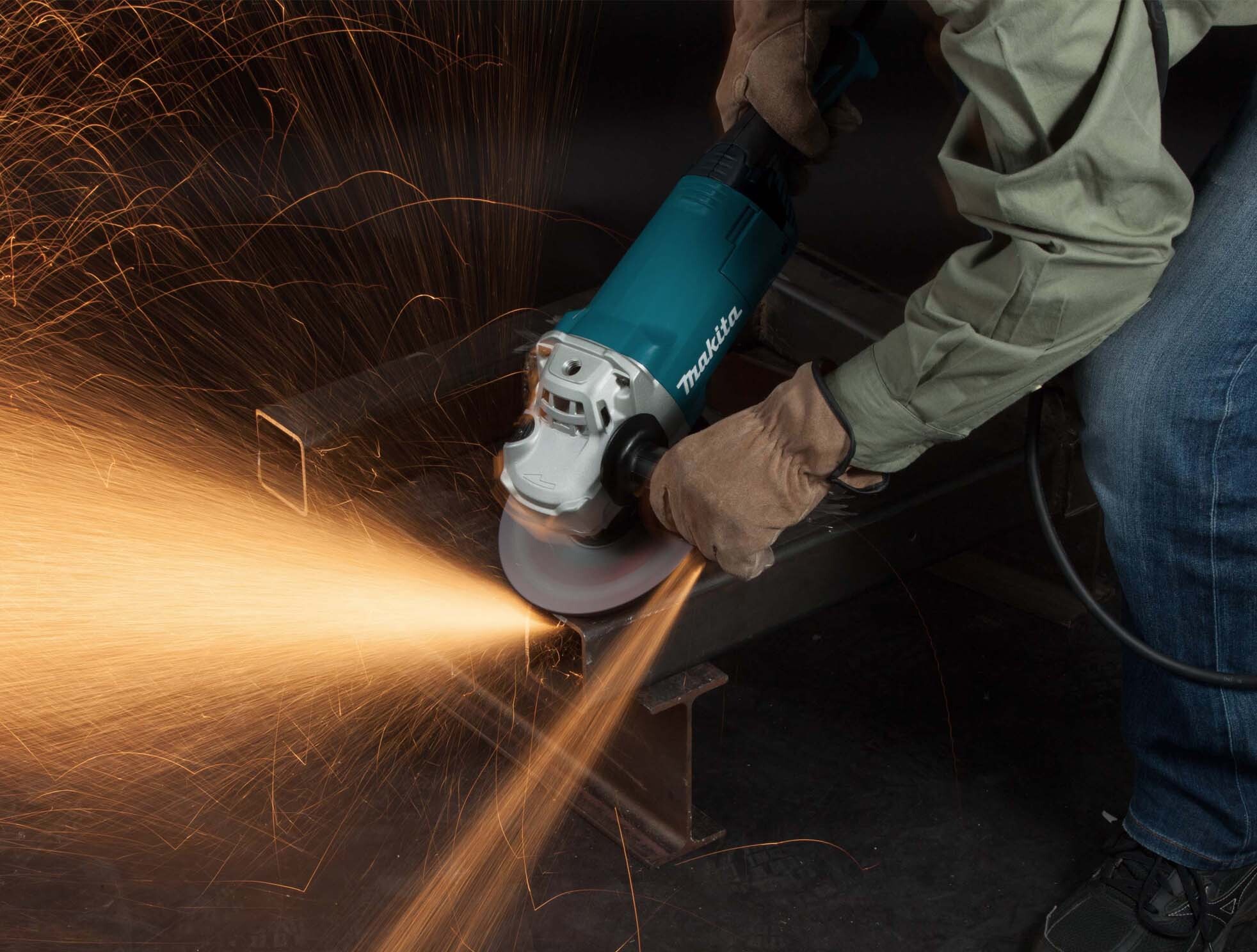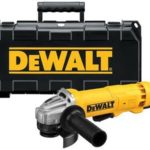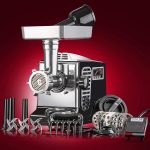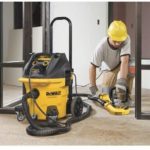Angle grinders, also known as disc grinders or side grinders, are versatile power tools widely used in various industries including construction, metalworking, and DIY projects. These tools are designed with a rotating abrasive disc that can be used for cutting, grinding, and polishing materials such as metal, stone, and concrete. The adaptability of angle grinders makes them particularly popular among professionals and hobbyists alike.
One of the primary reasons for the popularity of angle grinders is their ability to perform multiple functions. Whether it is cutting through metal pipes, grinding down welding joints, or polishing surfaces to a smooth finish, angle grinders can handle a wide range of tasks with ease. This multifunctionality is a significant advantage, especially for users who need a single tool that can perform various operations.
There are several types of angle grinders available in the market, each designed for specific applications. The most common types include electric angle grinders, which are powered by electricity and are suitable for most general-purpose tasks. Cordless angle grinders, which run on batteries, offer greater mobility and are ideal for outdoor or remote work sites.
Pneumatic angle grinders, powered by compressed air, are typically used in industrial settings where high power and durability are required. Additionally, there are variable speed angle grinders that allow users to adjust the speed to match the requirements of the task at hand.
Despite their versatility and widespread use, angle grinders have certain disadvantages that users should be aware of. Understanding these drawbacks is essential for ensuring safe and effective operation. This blog post aims to delve into the various disadvantages of angle grinders, providing a comprehensive overview that will help users make informed decisions when using these powerful tools.
Safety Concerns and Risks
Angle grinders, while highly versatile, come with significant safety concerns and risks that users must be aware of to avoid serious injuries. One of the primary hazards associated with angle grinders is kickback. Kickback occurs when the angle grinder abruptly thrusts back toward the user, often due to the wheel binding in the material being cut. This sudden movement can lead to loss of control, resulting in severe injuries.
Additionally, angle grinders generate flying debris, which poses a substantial risk to the user and nearby individuals. Particles of metal, wood, or stone can be propelled at high speeds, causing eye injuries or penetrating the skin. The risk of cuts and abrasions is also prevalent, as the high-speed rotating disc can easily slice through flesh upon accidental contact. This risk is heightened when using inappropriate or damaged discs, which are more prone to shattering.
Proper training is crucial for anyone operating an angle grinder. Users must understand the correct procedures and techniques to minimize risks. This includes being knowledgeable about the specific type of angle grinder and attachment being used, as well as the material being worked on. Training should also cover emergency procedures in the event of an accident.
The use of personal protective equipment (PPE) cannot be overemphasized. Essential PPE includes gloves to protect hands from cuts and abrasions, goggles or face shields to guard against flying debris, and hearing protection to mitigate the noise produced by the grinder. Additionally, wearing long-sleeved clothing and sturdy footwear provides an extra layer of protection.
Using angle grinders inappropriately or without adequate safety measures can result in catastrophic consequences. It is imperative to follow the manufacturer’s guidelines and safety instructions. Users should regularly inspect their equipment for defects and ensure all safety guards are in place and functional. By exercising caution and maintaining awareness of the inherent risks, the likelihood of accidents and injuries can be significantly reduced.
Noise and Vibration Issues
When using angle grinders, one significant drawback is the considerable noise and vibration they produce. These power tools, while highly effective, generate noise levels that can exceed safety thresholds, often reaching upwards of 90 decibels. Prolonged exposure to such high noise levels without appropriate ear protection can lead to irreversible hearing damage, a concern that should not be underestimated. It is vital for users to wear ear protection to safeguard their hearing health.
In addition to noise, vibration is another critical issue associated with angle grinders. The continuous vibration transmitted through the tool to the user’s hands and arms can have detrimental effects over time. One of the most concerning conditions that can arise from this exposure is Hand-Arm Vibration Syndrome (HAVS). HAVS is a debilitating disorder that affects the blood vessels, nerves, muscles, and joints of the hand, wrist, and arm, leading to symptoms such as numbness, tingling, and even loss of grip strength.
To mitigate the risks associated with vibration, it is essential to employ effective strategies. One such strategy is the use of anti-vibration gloves. These gloves are specifically designed to reduce the amount of vibration that reaches the hands and arms, thereby lowering the risk of developing HAVS.
Additionally, it’s recommended to take regular breaks during extended periods of use to give the hands and arms time to recover. This practice not only helps in reducing the exposure to harmful vibrations but also improves overall tool handling and control.
The importance of addressing noise and vibration issues when using angle grinders cannot be overstated. By taking appropriate measures such as wearing ear protection and anti-vibration gloves, and incorporating regular breaks into work routines, users can significantly reduce the adverse effects associated with these powerful tools. Ensuring these precautions are followed can lead to a safer, more comfortable, and productive work environment.
Maintenance and Operational Costs
Maintaining an angle grinder in optimal condition involves a series of regular tasks that ensure its longevity and efficiency. One of the primary maintenance activities is the replacement of worn-out discs. Grinding discs and cutting wheels are consumable parts that degrade over time.
Regular inspection and timely replacement of these components are essential to maintain the tool’s performance. Failure to replace worn-out discs can lead to reduced efficiency and, in some cases, pose safety risks.
In addition to the consumable parts, the motor of the angle grinder requires periodic checks and maintenance. Over time, dust and debris can accumulate within the motor, potentially leading to overheating or failure. Ensuring that the motor is clean and functioning correctly is crucial for the tool’s overall performance and longevity. This may involve regular cleaning, lubrication, and occasionally replacing worn-out motor components.
The operational costs associated with angle grinders extend beyond maintenance tasks. Purchasing high-quality grinding discs and cutting wheels can be a recurring expense. While opting for cheaper alternatives might seem cost-effective initially, they often wear out faster, leading to more frequent replacements and higher long-term costs. Therefore, investing in durable and reliable consumables can be more economical in the long run.
When considering the maintenance and operational costs of angle grinders, it’s essential to weigh these expenses against the benefits they offer. Angle grinders are versatile tools capable of performing a wide range of tasks, from grinding and cutting to polishing and sanding.
Their efficiency and effectiveness in various applications can justify the ongoing costs associated with their maintenance and consumables. However, potential users must be aware of these financial implications to make informed decisions about owning and operating angle grinders.
